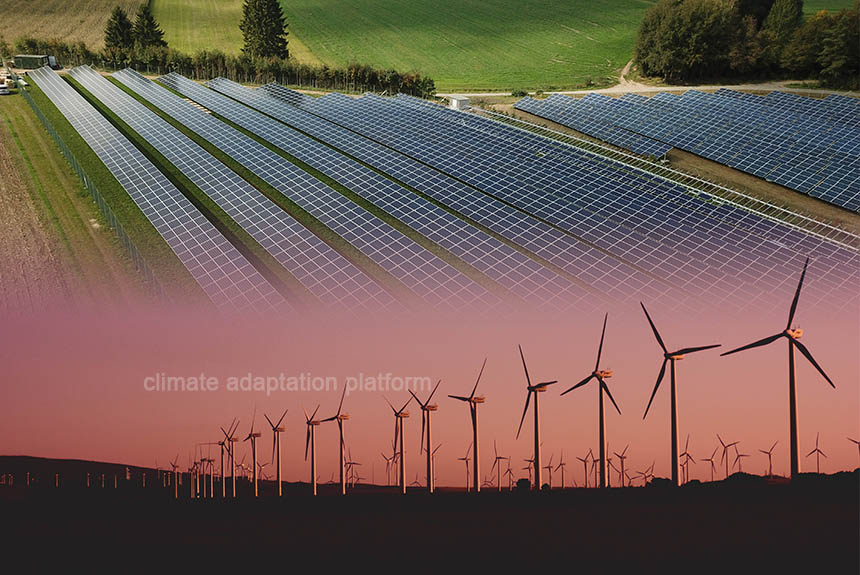The Economist Intelligence Unit (EIU) released a report in July 2023 examining the climate change-related economic transformations in various sectors, as businesses shift from fossil fuels to renewables and the need for countries most vulnerable to climate change and sectors to adapt.
According to the report, “Climate Change Crisis – Understanding the Trends Affecting an Unpredictable Future,” climate change will be a “major determinant of economic growth, as well as one of the biggest drivers of policy decision-making and social change over the coming years and decades.”
Economic transformations are taking place in all sectors – energy, EVs, land use, agriculture, shipping, aviation, and others).
The increasing frequency and intensity of extreme weather events – fires, floods, droughts, heatwaves, creates a need for businesses and sectors to build resilience.
Finance
Low interest rates triggered a surge in sustainable financing, particularly in funds based on environmental, social and governmental (ESG) standards in 2021. Despite the growth in sustainable funding, more money is still needed to fight climate change.
Africa, responsible for only 3% of emissions, suffers from multi-year droughts, catastrophic floods and other climate change effects. The report notes that the continent needs US$227 billion annually to meet its Nationally Determined Contributions (NDCs); however, in 2019 and 2020, they received less than US$30 billion.
Energy Decarbonisation
China is building several large-scale clean energy bases nationwide to meet its net zero commitments. Under intense pressure to decarbonise, China’s government aims to increase solar power production to decrease its coal dependency. The report predicts that the country’s coal consumption will peak as soon as 2026 and decline soon after.
In Europe, the 2022-2023 energy crisis due to the war in Ukraine has increased coal consumption to generate power. The increase was significant in Germany and Poland, leading to rising carbon emissions. Both countries’ coal usage is expected to rise, while France will cut back on their usage.
Germany has legislated to phase coal by 2038, but in November 2022, they moved it to 2030. The EU has shortened the permitting process for renewables to a maximum of six months to help boost clean energy generation.
While fossil fuels share in the energy mix will decline in some countries, particularly in European countries like Norway, Denmark, Hungary, France, Finland, Netherlands, and in Israel and Japan, countries like Angola, Belgium, Canada, the Philippines, Nigeria, Peru, Russia, Brazil, and Taiwan will increase their fossil fuel consumption as these countries need more energy to grow their economies. Norway, France and Israel will expand the share of solar and wind energy in their energy mix in the next decade.
The United Arab Emirates, the world’s largest fossil fuel producer, will channel its oil money into renewable energy to reach net zero by 2050. On November 2023, Dubai will host the COP28, the annual climate summit, to green its international profile. Abu Dhabi’s Masdar, its clean energy company, aims to have a 100GW renewable power capacity worldwide by 2030.
Decarbonisation of the automotive sector
Electric vehicles are a vital technology to decarbonise road transport. However, German automakers are lobbying for e-fuels to supplement the move to fully electric cars and for e-fuels to be exempt from the EU 20102 ban on the sale of new fossil fuel cars. But looking at the lifecycle of CO2 emissions for ICE, e-fuels, and EVs, the report projects that EVs have the lowest emissions unless e-fuels are sourced from 100% renewable energy. If more power is generated from renewables, EVs and e-fuels will emit significantly less emissions than now.
Countries in Africa, Asia, and Latin America are more vulnerable to climate change impacts and would need assistance from developed countries. Climate models project that the earth will be 2-3°C by 2100. Even with the warming of 2°C, these countries will face unprecedented droughts, flooding, heatwaves, and extreme storm – climate change effects that these countries argue they have little to do with.
They would need the assistance of wealthier countries through the “loss and damage” fund to adapt. However, despite commitments from developed countries, funding has fallen short of their pledges.
Agriculture in North Africa accounts for 10-12% of their GDP, but multi-year droughts have led to higher food prices. Governments have struggled to subsidise with constrained budgets amidst growing public discontent.
The report projects elevated food prices in European countries due to low rainfall. Above-average temperatures have caused below-average rainfall in many western and central regions, leading countries like France and Spain to implement water restrictions.
Large agricultural-producing countries like France, Italy, Spain, Germany, Poland, and the Netherlands will be most affected by low rainfall—the report projects lower crop yields in 2023, pushing food prices up and worsening inflation.
Download the report here: Climate change crisis, Understanding the trends affecting an unpredictable future
Source:
Climate change crisis, Understanding the trends affecting an unpredictable future. (2023). EIU. Retrieved from https://services.eiu.com/campaigns/climate-change-july-2023/



Leave a Reply